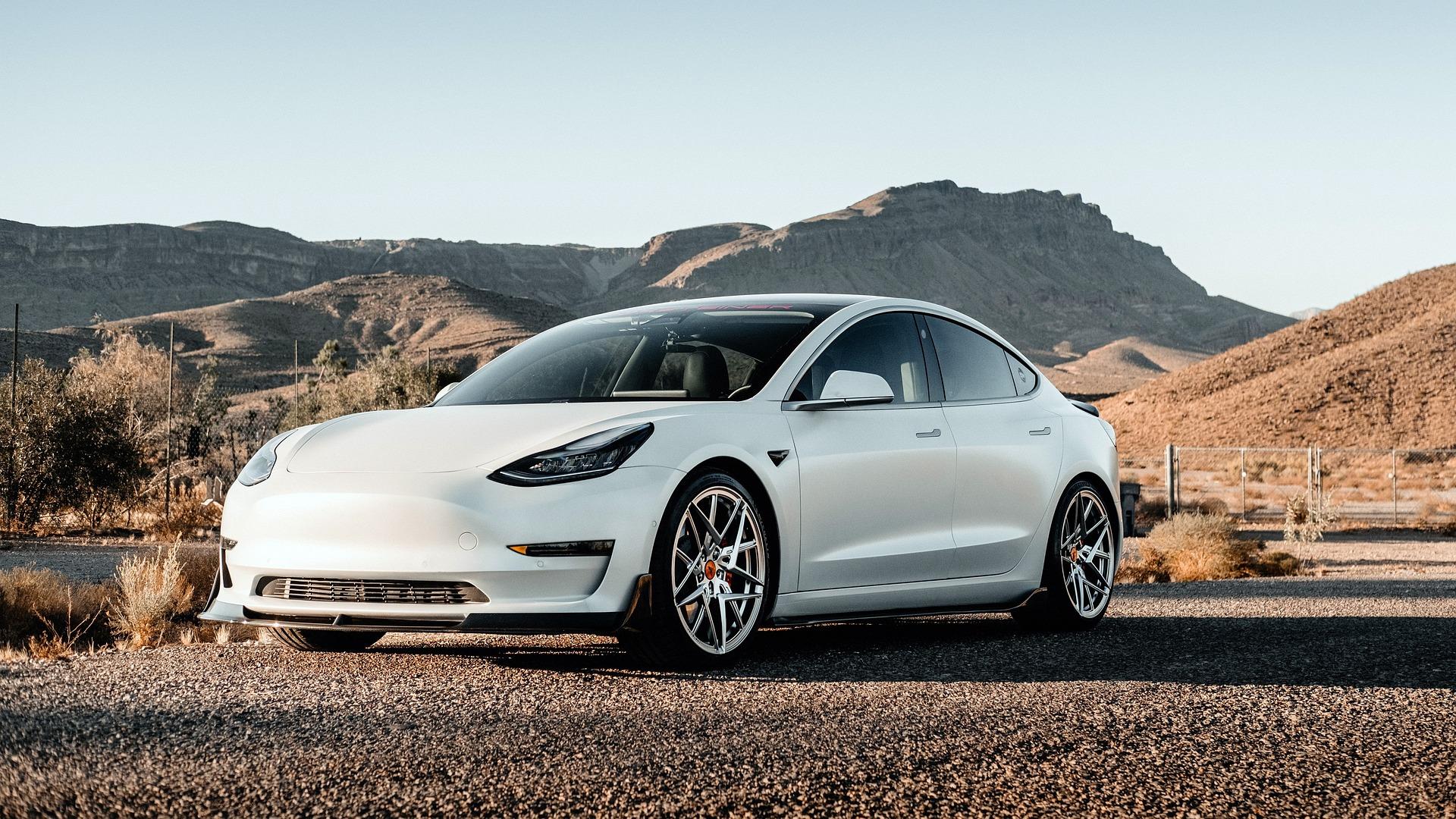
Tesla and VinFast are among the world’s most renowned electric vehicle (EV) manufacturers. However, the big question is whether these companies can establish themselves in India or whether high prices, trust issues, and challenges in charging and service infrastructure will force them to exit the market. In this report, we take a detailed look at the five major challenges Tesla and VinFast face in the Indian automotive landscape.
The first challenge is pricing, which could prove to be the biggest game-changer. Tesla Model Y is estimated to cost between 50 to 60 lakh rupees in India, primarily due to import duties and taxes imposed by the government. Tesla recently opened its first showroom in Mumbai’s BKC area on July 15, 2025, and is reportedly planning to open a second showroom at Delhi Aerocity. On the other hand, VinFast has yet to launch in India, but reports suggest that the VF6 and VF7 models could be introduced by September, with prices ranging from 20 to 40 lakh rupees.
The main challenge here is that around 85% of Indian EV buyers look for cars priced between 10 to 20 lakh rupees. In this segment, Tata and Mahindra dominate, with a market share of over 50%. This means Tesla and VinFast are priced well above the budgets of most Indian customers, while Tata and Mahindra offer strong competition.
The second challenge is trust. The old saying “people buy names, not experiences” holds particularly true in India. Indian customers tend to rely on brands that have been present in the country for a long time and have a proven track record, such as Tata, Mahindra, Hyundai, and MG. While VinFast is largely unknown to most Indian consumers, Tesla, despite its global popularity, is still new to the local market. Indian buyers prioritize local performance, testing, and user experience before making a purchase. Spending such large amounts of money without prior experience or trust is seen as risky, and EV buyers in India are likely to exercise caution.
The third challenge is charging infrastructure. Both Tesla and VinFast produce electric vehicles, and Tesla is particularly known for its Supercharger network. However, in India, there is currently only one Tesla Supercharger station, located in Mumbai. In comparison, Tata has over 5,000 charging stations, and Mahindra has around 1,500 stations across the country. VinFast is reportedly planning to set up charging points in collaboration with RoadGrid, but details are still limited. Indian customers prefer cars that can be charged easily via existing networks like Tata Power or Ather Grid, especially for long-distance travel. At present, both Tesla and VinFast lag behind in this critical aspect.
The fourth challenge is service and spare parts availability. Tesla and VinFast’s service networks in India are currently very limited. In the event of a breakdown, finding the nearest service center can be difficult, and even minor technical issues in electric vehicles can cause significant inconvenience. Indian customers generally check whether a service center is available in their city before making a purchase, and this lack of infrastructure could slow down Tesla and VinFast’s growth.
The fifth and final challenge is value for money. Luxury alone is not sufficient; Indian customers expect cars to offer maximum features, ample space, and design suited to local road conditions at a reasonable price. Currently, Tesla and VinFast models do not fully meet Indian requirements, such as high ground clearance, spacious interiors, and low maintenance. When comparing features relative to price, the value-for-money equation appears unfavorable for these brands, giving Tata, Mahindra, and MG a competitive edge in the Indian market.
In conclusion, Tesla and VinFast face significant hurdles in India, ranging from pricing and trust to charging infrastructure, service networks, and overall value for money. Whether these companies can adjust their products and pricing to suit Indian market conditions will determine whether they can establish a sustainable presence in the country or struggle to gain a foothold.




